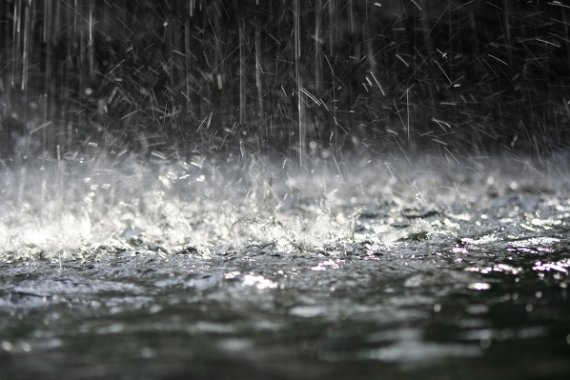Daniels did her research in the region bordering the North Sea, where most Dutch cities are to be found. She divided 60 measurement stations in this region into rural or urban stations depending on the urban area in a radius of 20 kilometres. She did this for all eight points of the compass around a station. Then she linked rainfall over the past 60 years to those stations.
The outcome is indisputable: you get more rain on the leeward side of a city. According to Daniels, if you don’t like the rain you should live on the west side of a city. ‘In the Netherlands, you mainly get south-westerly winds. Easterly winds give the least rain. Taking those two factors into account, my advice is to go west.’
The higher rainfall in the shelter of the city is probably due to the heat-island effect of urban areas. The heat from the city causes convection with more air rising up. That leads to more rain on the leeward side. Incidentally, rainfall has increased considerably across the board over the past century. Precipitation rose by 16 percent in the Randstad metropolitan area during the 60-year period that Daniels studied. That increase is attributed mainly to seawater temperatures rising due to climate change. The urban effect Daniels has found is minor in comparison.
Urban water works like a stove at night

